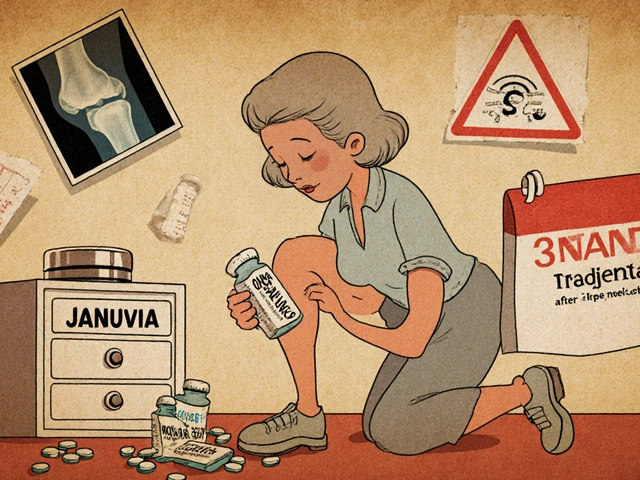Asthma Relief: Fast Help and Better Control
Feeling short of breath or tight in the chest? That sudden flare can be scary. You can get relief fast with the right steps, and you can cut flare-ups down over time by changing daily habits and treatments. Below are clear, practical tips you can use today.
When to use quick-relief vs. controller meds
Quick-relief (rescue) meds stop symptoms fast. The most common is albuterol, a short-acting bronchodilator. If you feel wheezy, tight, or can’t catch your breath, use your rescue inhaler right away. If you need it more than twice a week for symptoms, tell your doctor — that means your asthma isn’t controlled.
Controller meds work behind the scenes to lower inflammation and prevent attacks. Inhaled corticosteroids (fluticasone, budesonide) and combination inhalers (steroid + long-acting bronchodilator) are common. Other options include leukotriene modifiers like montelukast and newer biologic injections for severe allergic or eosinophilic asthma. Controllers take days to weeks to change your baseline, so keep taking them as prescribed even when you feel fine.
Daily steps that actually reduce flare-ups
1) Master your inhaler technique. Shake the inhaler if needed, breathe out fully, put the mouthpiece in, inhale slowly while pressing the canister, then hold your breath 5–10 seconds. Use a spacer for metered-dose inhalers — it improves delivery and cuts throat irritation.
2) Rinse your mouth after steroid inhalers to lower the chance of thrush and hoarseness. Simple but effective.
3) Know your triggers and act on them. Common triggers: tobacco smoke, pets, dust mites, cold air, pollen, strong smells, and respiratory infections. Use mattress covers, wash bedding weekly in hot water, keep humidity below 50%, and avoid smoking in the home. For exercise-induced symptoms, use a pre-exercise dose of your rescue inhaler as your doctor suggests.
4) Monitor regularly. Keep an asthma action plan from your doctor and consider a peak flow meter if your asthma is moderate to severe. Tracking symptoms and peak flow helps you catch worsening control early.
5) Get vaccines and treat infections early. Flu and COVID can trigger bad attacks. Talk to your clinician about seasonal shots and prompt treatment for colds.
If you’re using oral steroids often, waking at night from symptoms, or can’t finish sentences because of breathlessness, see care right away. Call your doctor or go to the emergency room if your lips or face turn blue, breathing gets much harder, or rescue meds don’t help.
Small changes add up: better inhaler technique, trigger control, and following a treatment plan can cut attacks and keep you active. If you’re unsure which medicines fit you best, bring your questions and symptom notes to your next visit — a few tweaks often make a big difference.

Primatene Mist vs. OTC Inhaler Alternatives: Safety, FDA Status, and Proper Use
Curious about Primatene Mist and other over-the-counter inhalers? This article breaks down how these epinephrine inhalers work, which options the FDA allows, and the essential facts you need for safe use. Get the scoop on what makes these inhalers different from prescription options and what to consider before reaching for one yourself. Explore known benefits, real risks, and user tips—plus smart alternatives if you’re thinking beyond the pharmacy shelf. Whether you've recently spotted Primatene Mist at your local drugstore or are searching for a backup plan, you’ll find the facts and practical advice you actually need.
Read More




